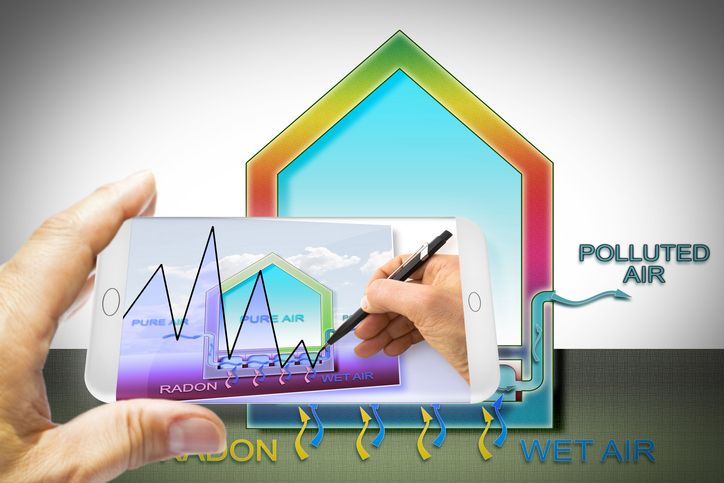As a homeowner, your concerns about radon entering your home are warranted. Not only can you be completely unaware when radon is in your home, but its presence can also harm you and your family members. Today, we want to go over how this dangerous gas enters your home and what you should do about it if you have a radon problem.
There are many major entry routes radon uses when infiltrating a home, such as:
• Cracks in concrete slabs
• Cracks and cores in concrete blocks
• Exposed soil in a crawlspace
• Loose-fitting pipe joints
• Well water
• Building materials, like concrete, brick, and rock
Since the air pressure in your home is usually lower than the soil pressure outside of your home, where radon resides, your home acts like a vacuum that sucks in this gas. After the gas is drawn into your home due to this difference of pressure, it gets trapped until the mitigation process takes place. Keep in mind that any home, new or old, can develop a radon problem.
It is estimated that for every 15 homes in the U.S., at least one has a radon gas problem. If you’re concerned about the presence of radon in your home, the best thing you can do is have your home tested and employ mitigation practices.
At Astrid Environmental Services, testing and mitigating radon is what we do. For more information about how we can help you remove this dangerous gas from your home, give us a call today!

